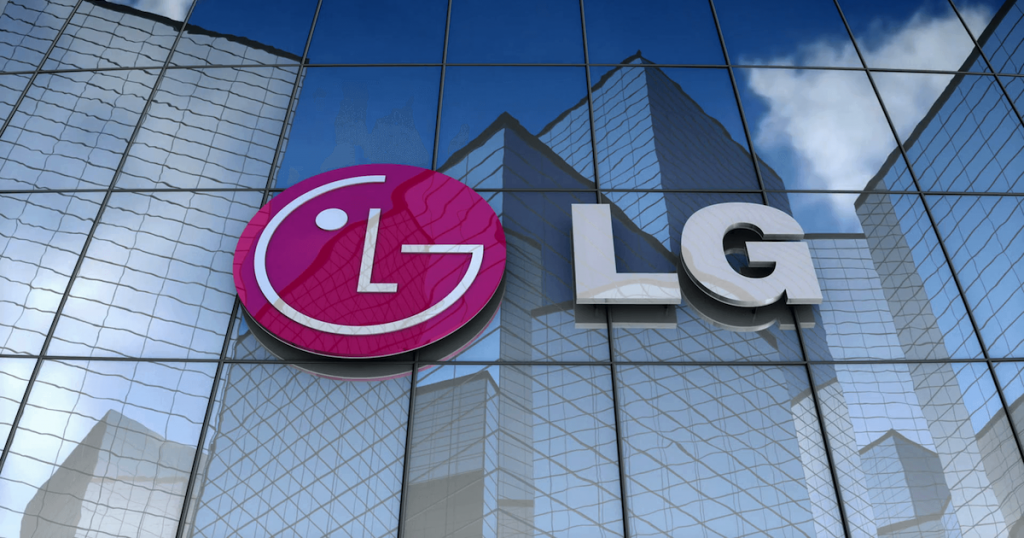LG Electronics Inc has announced that it will phase out its mobile division after failing to find a buyer. This makes it the first major smartphone brand to leave the market completely.
The division is expected to be wound down by end July this year, although the company may continue to sell some of its existing models after that, according to the company.
The South Korean tech giant has accumulated losses of around US$4.5 billion for the past six years. Dropping out of the smartphone industry will allow the company to channel its resources to its other divisions.
Currently, LG’s smartphone division is the smallest of its five divisions, and accounts for about seven per cent of the company’s revenue.
Following the exit, the company said that it would shift its focus to growth areas such as electric vehicle components, connected devices and smart homes.
It Was Once A Top Player In The Market

According to research firm Strategy Analytics, LG was once the world’s top three smartphone makers back in 2013.
In 2013, it produced a smartphone with a curved screen, making it one of the first electronics makers at the time to debut the technology for the mass market. However, its smartphones’ popularity started to dwindle, especially with the entry of new Chinese players like Xiaomi, Huawei and Oppo.
Fledging brands such as realme are also slowly capturing the Android market share. While it may not be a popular brand yet, realme has shipped 10 million phones globally in the first 14 months of its founding, a mighty feat for a young company.
Even though LG is still the third most popular smartphone brand in the United States after Apple and Samsung, it was no longer one of the top three globally, according to research provider Counterpoint Research.

Its current market share lies at around two per cent, and it shipped 23 million phones last year, as compared to 256 million for Samsung. Its market share in the US is around 10 per cent.
Despite leaving the smartphone market, LG plans to retain its 4G and 5G core technology patents and will continue to develop communication technologies for 6G.
It will also continue to provide service support and software updates for customers of existing mobile products for a period of time which will vary by region, the brand said.
Featured Image Credit: TechSpot










